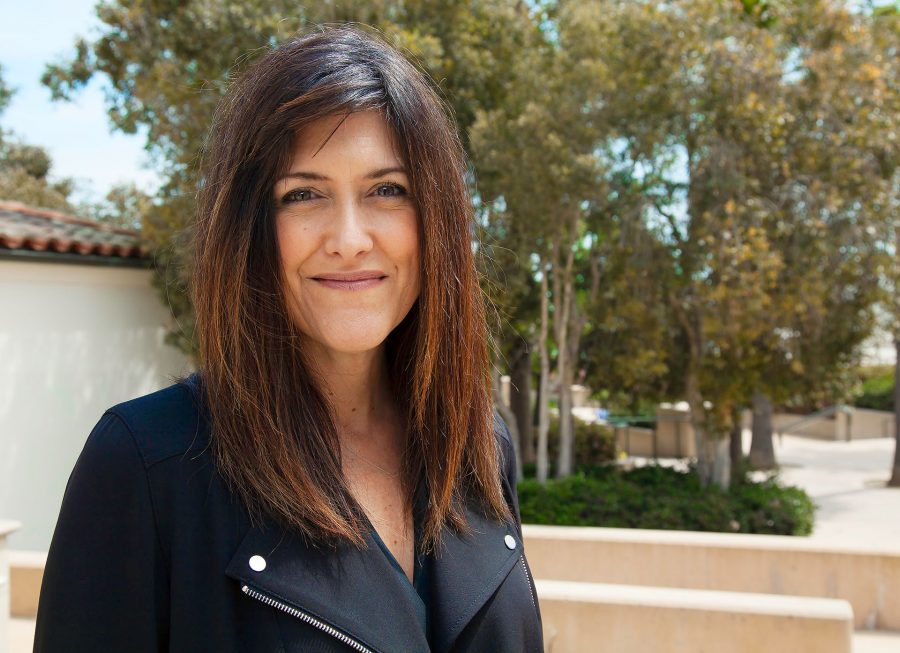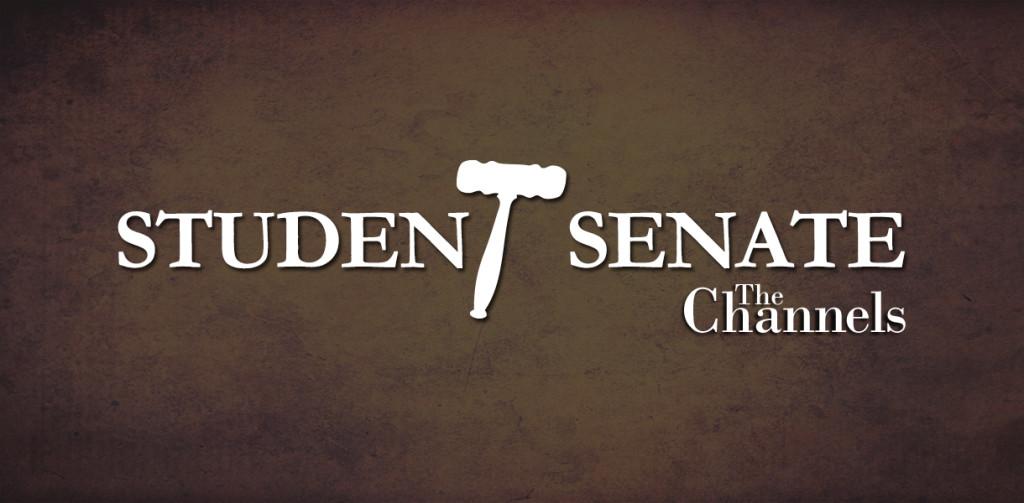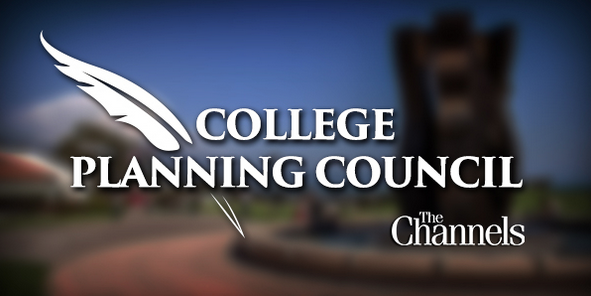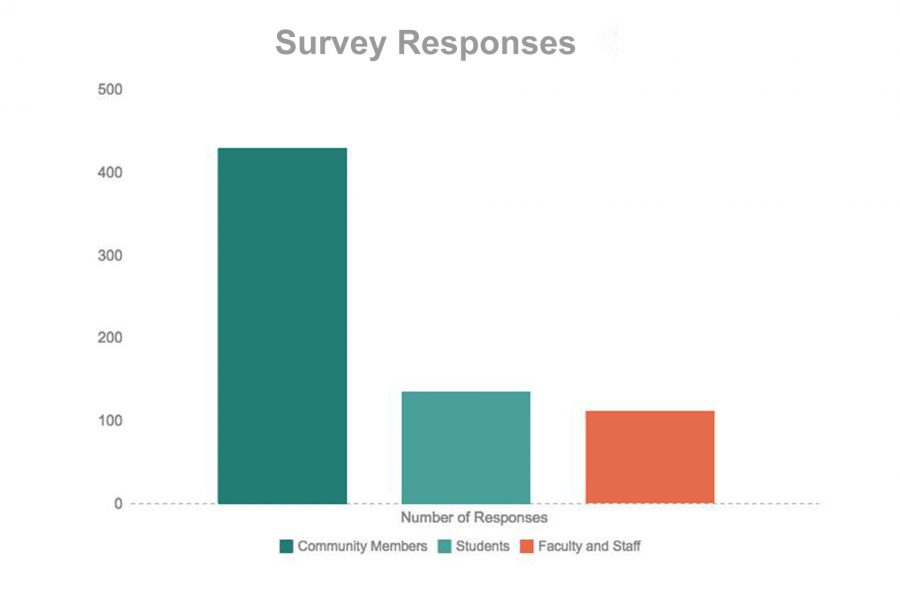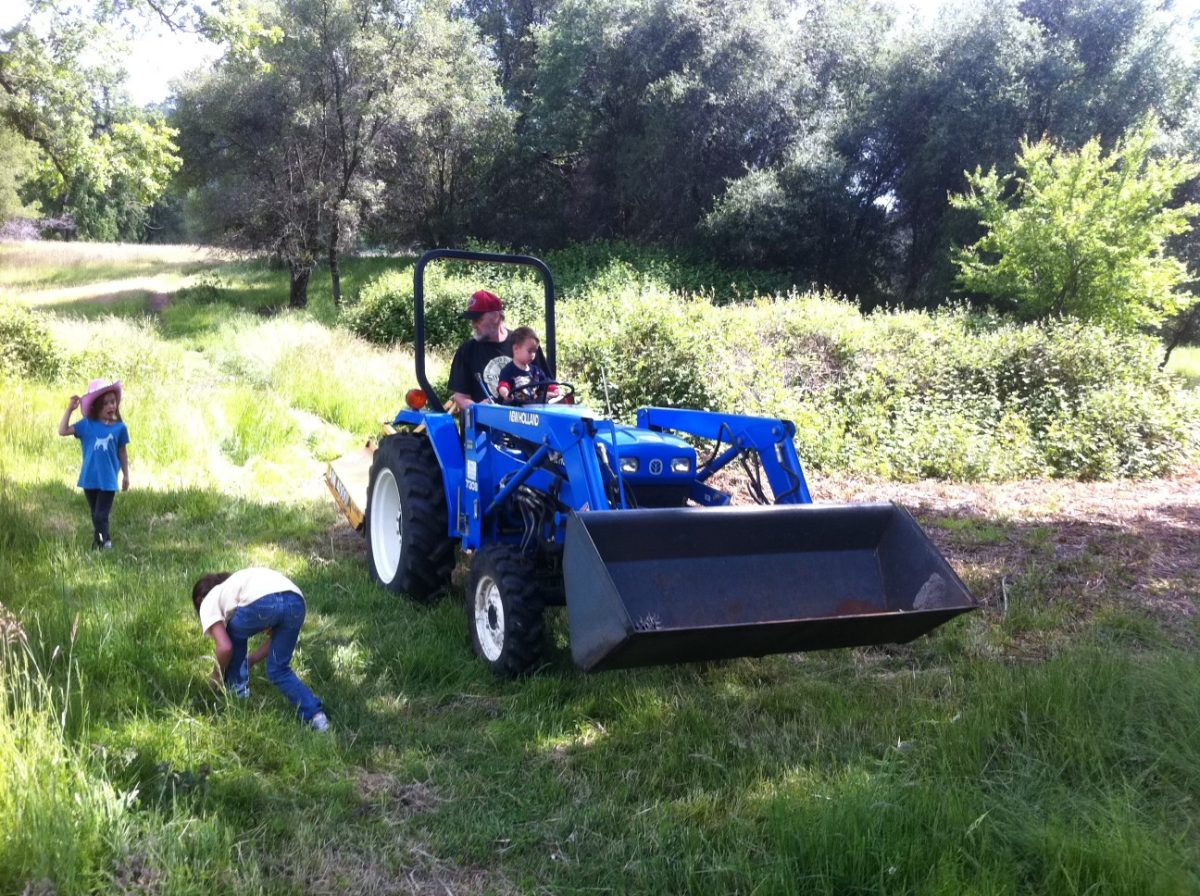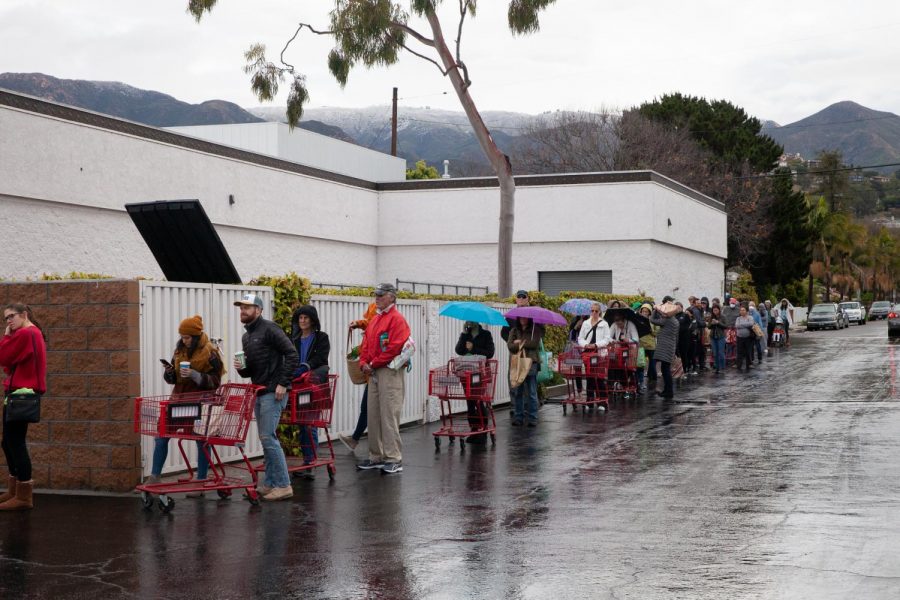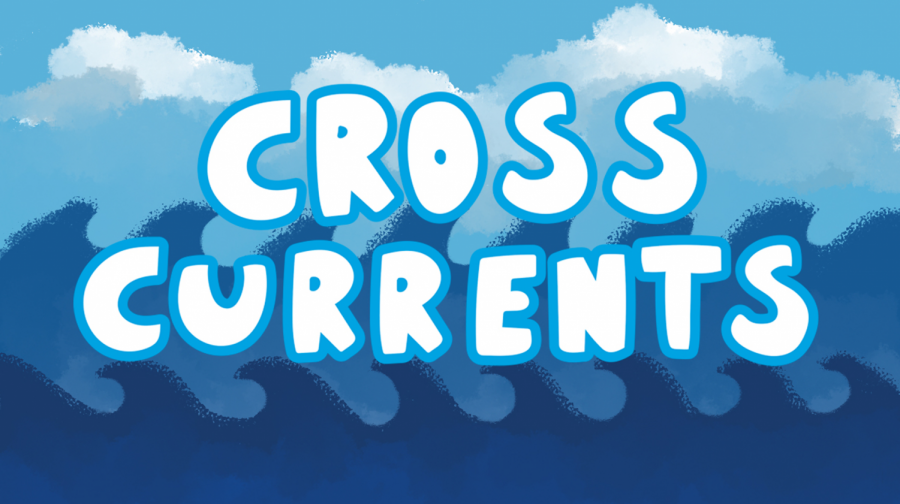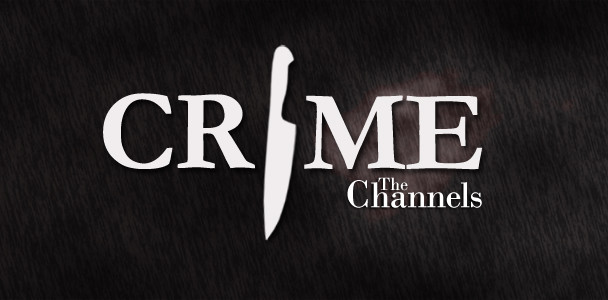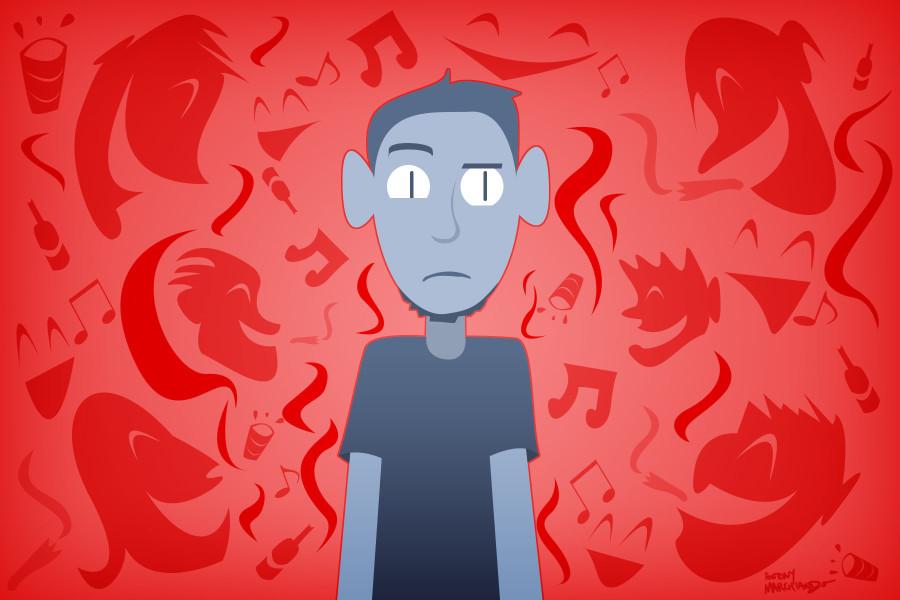It was another normal day for 14-year-old Noel Gomez in the 1980s. He had just walked through two gang territories, where poverty, drive-by shootings, and drug use were common, and education wasn’t. Arriving at the basketball court, the park was abandoned and quiet-which usually meant something bad was happening.
But on that day, he was given hope.
The only other person on the court was an older man who had just gotten out of jail, and after a conversation, young Noel was able to see a different world.
“I knew something else was out there,” Gomez said. “I just had to hustle for it.”
Today, after graduating from UCSB and Harvard, 26-year-old Gomez works at City College in the Extended Opportunity Programs and Services Department, and has dedicated his life to helping underprivileged children and ex-prisoners find hope and education.
Gomez said he lived with his family in a “marginalized neighborhood” called Boyle Heights. This unincorporated part of LA was 98 percent Mexican, and considered to be the gang capital of the United States at that time.
The living conditions were poor. There was much violence and drug use, but education was beyond reach, he said.
“There were families living penny to penny, and if not, wondering where we were going to get some kind of an income just to put food on the table, clothes on the children, and pay rent,” he said.
He said that every weekend there were car washes to raise money for funerals.
Most of his days were spent on the basketball court where one of the area’s biggest gangs would hang out. There was serious temptation to become involved with the negative “street politics,” he said.
But that one day, the older man approached him and asked why the people in Boyle Heights were going to prisons instead of school. He spoke to Gomez about the importance of education with inspiring conviction.
The conversation stayed with him. Despite his counselor’s discouragement that he couldn’t make it, he applied to five universities. He was accepted into UCSB, and earned his bachelor’s degree in Chicano studies and art.
“My journey was to prove everyone wrong and the perception they have of us in Boyle Heights,” he said.
He worked hard for four years at UCSB, and wouldn’t leave campus until midnight. He became a tutor, and fell in love with teaching.
But he wasn’t done with learning and decided to apply to Harvard University. The famous Ivy League accepted him.
After graduation, he taught for the California Student Opportunity and Access Program, until he was laid off because of state budget cuts, said Marsha Wright, the director of EOPS.
“After interviewing him, I really believed he’d be an excellent fit with EOPS,” Wright said. “And he is.”
Since then, Gomez has been working in EOPS as special programs adviser, motivating underprivileged children and acting as a role model.
“Students are in awe, and realize they too can accomplish their educational goals,” Wright said.
In 2008, Gomez helped start the Transitions program for ex-prisoners, which serves as a way for convicts to become educated.
After being released from prison, Martin Leyva was one of the first people to join the Transitions program. He is now a student and employee at City College, as a peer adviser.
“I talk to people all the time and tell them go see Noel,” Leyva said.
Along with the Harvard tapestry, Gomez’s walls are covered with art pieces given to him from people he has inspired. Some pieces lean into the corners, squishing to fit.
He’s only been working at EOPS for a relatively short time, but Wright said that she waits for the day when someone will come in who earned a degree with Gomez’s help.
“I’ll be very excited when I see one of our Transitions students graduate,” she said.


